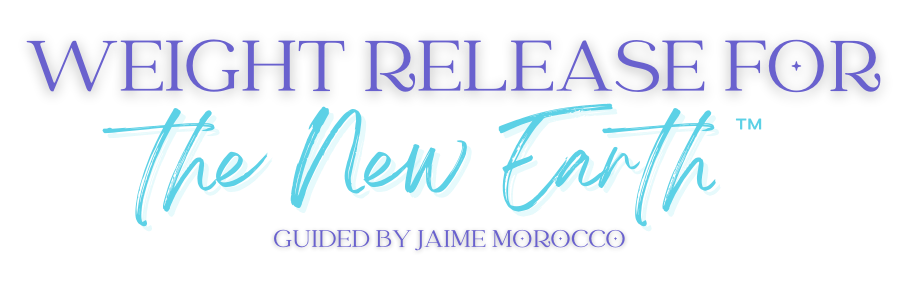7 Data Points You Need To Track For Fat Loss
As a Weight Loss Coach I can tell you honestly that I have yet to meet one person who enjoys getting on the scale. When most clients come to me, they are often under the impression that the scale is the be all to end all data point to be tracking when it comes to measuring progress in terms of fat loss. This couldn’t be further from the truth. In fact - it's actually worth pointing out that there is a big difference between (scale) WEIGHT LOSS and FAT LOSS .
The Scale is JUST ONE DATA POINT!
The scale literally tells us one data point-- aka your gravitational pull on planet earth. Scale weight can fluctuate anywhere from 1-10+ lb depending on your hydration level, what you ate, your “regularity”, your level of stress, your level of sleep, sodium intake, if it’s that time of the month etc etc.There is nothing *wrong* with using the scale - so long as you KNOW that shifts and fluctuations will happen - and that you've got to keep your eyes on the long term.
A true Body Recomp
Case in point-- I have a client who I have been working with for 4 weeks who's main goal is fat loss. In the initial 2 weeks she dropped a decent amount of weight. However, in the last two weeks her scale weight has held steady.What has changed? Despite her being the same weight on the scale-- her WAIST size has decreased 2 INCHES!!!!As a trainer, this tells me that she has lost fat and gained muscle (aka body recomposition). Now, if we were ONLY having her weigh herself-- we might look at this number and think she has experienced a plateau in progress instead of MAKING fat loss progress. Here is a (hopefully helpful) infographic that I put together that shows how to compare body weight data with measurement data in order to interpret progress.  This is why it is SO important to be tracking SEVERAL other data points other than the stupid scale!
This is why it is SO important to be tracking SEVERAL other data points other than the stupid scale!
7 Data Points You Need To Track For Fat Loss
1.) MEASUREMENTS: Measure around the narrowest part of your waist, widest part of your hips, bicep, chest, thigh and calf. I recommend a product like Myotape for this. Do this every week or every other week.2.) (Yes) Scale weight: Weigh yourself 2-3 times a week and look at TRENDS not individual numbers. Coach yourself to take the EMOTIONAL part out of that number!!!! I get that it can be hard to use the scale for a lot of people - so if it doesn't feel RIGHT for you - toss it out completely!3.) Your water intake: aim for ½ oz per lb of bodyweight on less active days and about 1 oz per lb of bodyweight on active days.4.) Amount of sleep: Aim for 6-8 hours per night. If you are not sleeping well this can increase your body's level of stress.... which brings me to...5.) Your level of stress: There is a hormone called cortisol that can make it difficult to lose weight if you are super stressed out on a consistent basis. Not to mention having other hormones that are out of whack (estrogen, progesterone, thyroid hormone etc) can make if VERY difficult to lose weight! (Rate your stress on a scale of 1-10 daily)6.) Pictures: My favorite! Take front, side and back pictures in a bathing suit every 2 weeks and compare them.  7.) The “skinny jean” test: Pick a pair of pants that fit you SNUG-- try them on every two weeks-- how are they feeling? If they are loose-- great! If they fit the same or are tight, adjust your diet!!To sum it up-- the scale is a tool to be used in conjunction with other data while pursuing your fat loss goals. Use it responsibly and NEVER on it’s own. Trust me, we can all get caught up with the number on the scale but you’ve got to realize that it’s just a number, and it’s not really telling us a whole lot!!! Make sure you get ALL the facts (aka all the data points) before you decide to tweak your fat loss plan or not.I recommend using a spreadsheet to track your data points and see how they correlate with one another. :)
7.) The “skinny jean” test: Pick a pair of pants that fit you SNUG-- try them on every two weeks-- how are they feeling? If they are loose-- great! If they fit the same or are tight, adjust your diet!!To sum it up-- the scale is a tool to be used in conjunction with other data while pursuing your fat loss goals. Use it responsibly and NEVER on it’s own. Trust me, we can all get caught up with the number on the scale but you’ve got to realize that it’s just a number, and it’s not really telling us a whole lot!!! Make sure you get ALL the facts (aka all the data points) before you decide to tweak your fat loss plan or not.I recommend using a spreadsheet to track your data points and see how they correlate with one another. :)
